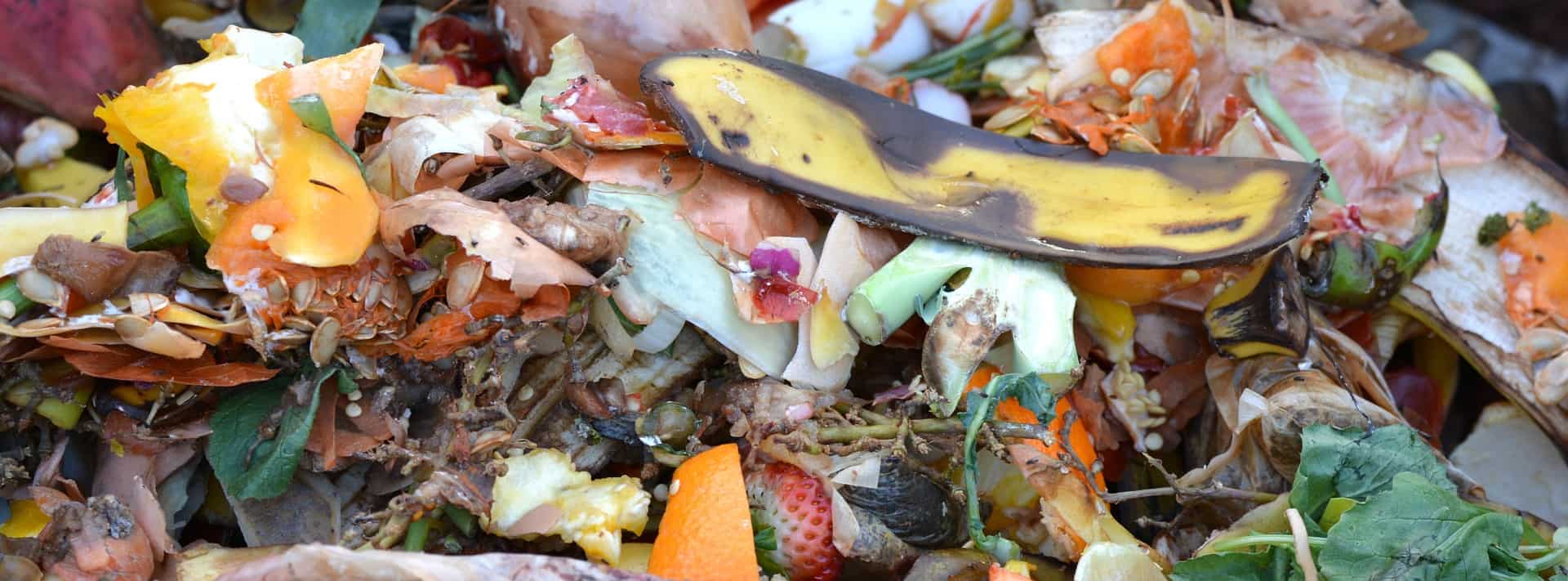6 Ways to Reduce Food Waste

Have you ever feel guilty for throwing food away?
There’s a little bit left in the pasta dish, and you’re full, but it’ll get thrown out if you don’t finish it. You buy a bunch of produce on Sunday with great intentions to cook up some veggie-based meals all week, but things get crazy and all of that broccoli and kale languishes in the fridge, and you don’t remember it’s there until you discover the rotten remains two weeks later. A colleague brings you a bunch of baked goods, but you’re trying to eat fruit, not baked goods, so you throw it out. There are so many scenarios that can come to pass. It can be tough to figure out how to balance weight loss goals while being mindful of things like throwing out unnecessary food.
We’ve all been there…
Food waste is a big deal in the modern world, and it makes sense, right? We live in a world of contrasts: so many people don’t have enough to eat, yet so many people have too much — and that “too much” tends to go to waste. According to the United States Department of Agriculture (USDA), food waste in America is estimated at between 30-40% of the food supply. That’s a lot of food that’s not getting eaten.
You quit the ‘clean plate club,’ and then the guilt of throwing all that food away sets in. So now what?! Well, now’s a great time to try out some new strategies for staying on a healthy track and being a mindful consumer at the same time.
Buy it with thought
This is where meal planning is your new best friend. Carve out some time on the weekend and make a plan, and then buy only what’s on your list. Your wallet, your waistline, and the world will all benefit. (Here’s a free printable to get you started.)
Cook it with care
Cooking at home is a great way to ensure you are eating healthy AND using what you have. Do a pantry inventory, use up what you’ve got first, and only buy what you need (and/or pantry items that won’t spoil).
Serve just enough
Portions, portions, portions! This is a great opportunity to practice portion control – dish up the amount that your body needs, and then put the rest of the uneaten food away. If you eat “family style” with serving dishes on the table, let your dinner-mates know what you are doing so they can offer support.
Save what will keep
Did your grandmother ever have strange jars of home canned goods in her pantry? Well here’s your chance to learn a skill that was essential to past generations – the art of preserving food. Learn to can, freeze, ferment, and dehydrate foods that are in abundance, or those that you simply aren’t going to use before they spoil. You’ll love that burst of sweetness from a frozen strawberry in January, trust me!
Eat what would spoil
When food is scarce, this makes good sense. When it’s abundant and you’re trying to lose weight, it’s a little more complicated. And this is where composting comes in. When you compost the food scraps that your physical body doesn’t need, the earth benefits (and so does your garden..). As for unopened or untouched foods that might spoil? Check out your local charities and food shelves – there are probably folks in your community who could use what you don’t need.
Go for homegrown
Whenever possible, shop locally! Start your own garden, check out the local farmer’s market, try out a CSA (Community Supported Agriculture), visit a U-pick berry farm. You’ll build stronger community ties, and when you know where your food comes from? Well, you’ll be more inclined to ensure it doesn’t go to waste.
What might you try to reduce your household’s food waste this week?

